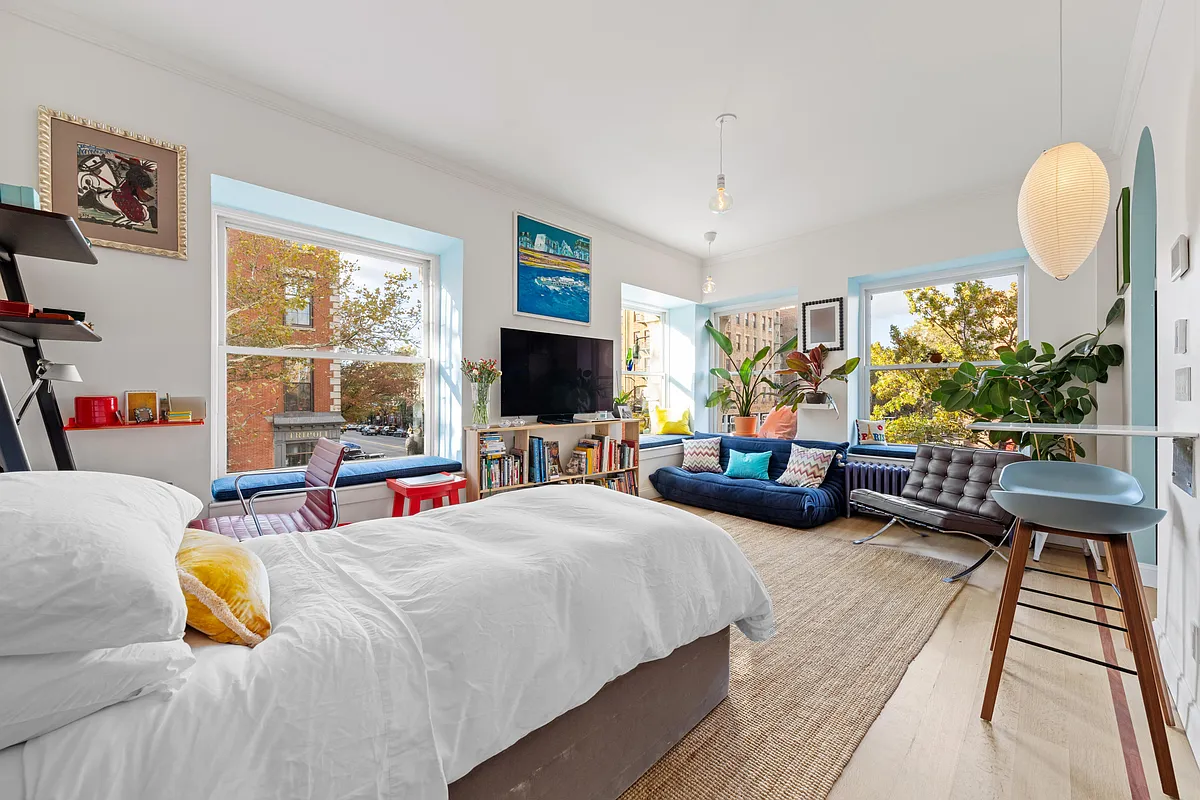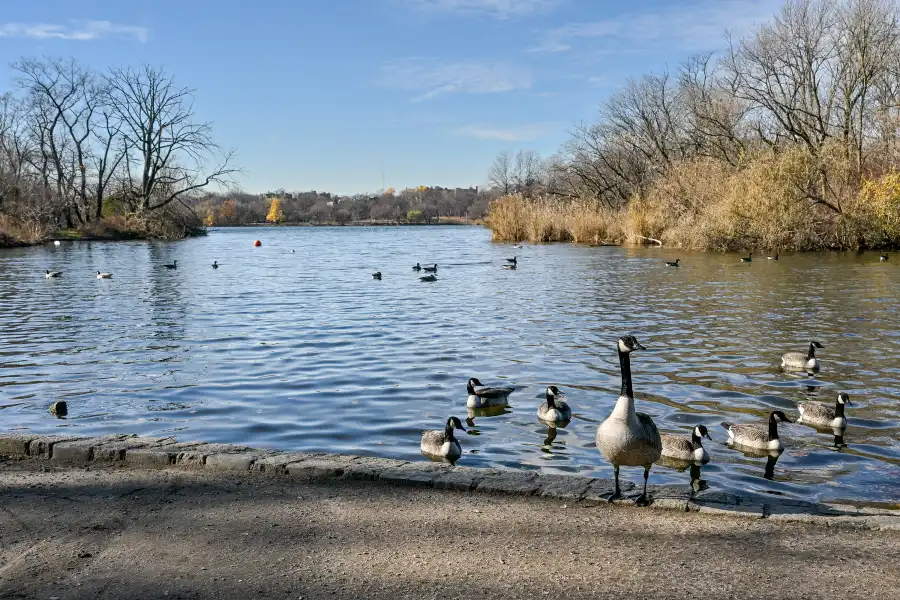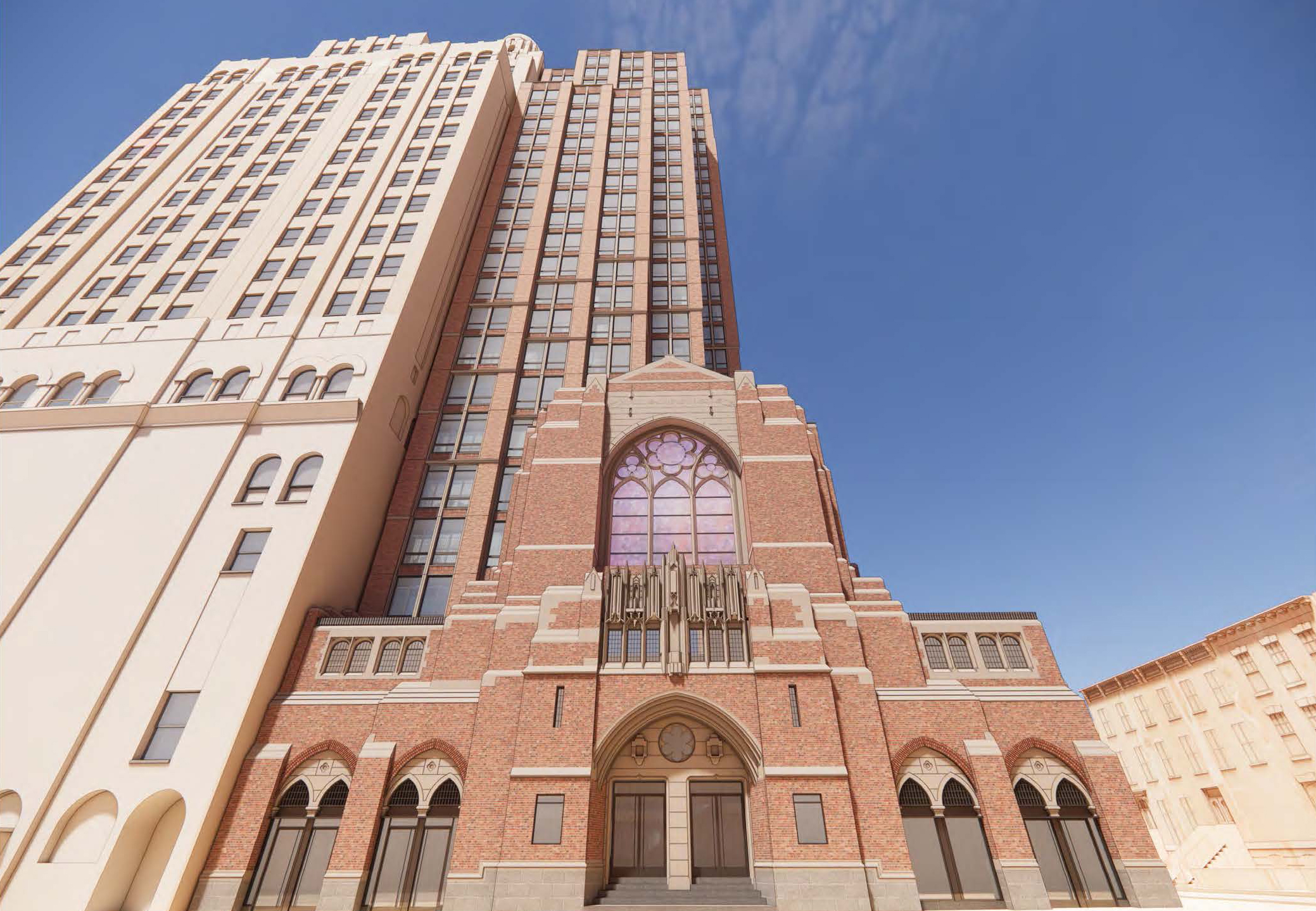Bed Stuy's Star Continues to Rise
According to The Sun, things got so bad in Bed Stuy back in the 1980s that one local precinct spray-painted (officers tagging?) the words “The Alamo” on the wall of the station house. Two decades later, crime is down and property values are up, though not everyone–including long-time renters and property owners who resent newcomers…
According to The Sun, things got so bad in Bed Stuy back in the 1980s that one local precinct spray-painted (officers tagging?) the words “The Alamo” on the wall of the station house. Two decades later, crime is down and property values are up, though not everyone–including long-time renters and property owners who resent newcomers benefiting from what they see as the fruits of their labors–think the trade is worth it. Crime’s down 70 percent or so since 1990, roughly in line with city-wide trends, while brownstone values have just about doubled since 2003. “People don’t feel quite as safe as the police reports, but they feel a lot safer than five, ten or fifteen years ago,” said Colvin Grannum, head of the Bedford-Stuyvesant Restoration Project. Change is coming from out as well as within: In addition to the Home Depot that opened last year, spots like Bushbaby, a gourmet coffee shop started by a Bed Stuy native, are starting to replace the nail salons and bodegas.
Renaissance Comes to ‘The Alamo’ [NY Sun]





I know most of my neighbors in Clinton Hill, even in a building that I don’t even live in yet. I tend to be a fairly friendly person. It definately wasn’t anyone I know or have talked to who was standing up at the meeting and talking about how the neighborhood was being taken “away from US”.
When sweeping generalizations are made things get ugly. But when the rhetoric of some political candidates panders to this fear, it isn’t so much spread, as endorsed. In every corner of Clinton Hill and Bed-Stuy there are older and newer residents engaging in a positive dialogue, and in ever corner there are people on both sides that want to see the other side find another place to live. My frustration is far more with the politicians that think the 70% population of black voters can’t see through the smoke screen of polarizing words they are choosing to use.
Bill Batson (who I found to have the most actual proposals for action if he were elected) was joking with me when a journalist friend introduced me as a small-time developer, and said, “Too bad you don’t have a little more color and aren’t a woman”. The sad thing is that a lot of prospective candidates said similar things to the crowd and were not joking.
As always, the expectation is that the newly arriving (i.e. white) residents are blamed for the lack of integration. Talk about sweeping generalizations.
If you were to reverse the terms “black” and “white” in the above post, it would surely be condemned as racist.
It’s not right when whites band together to keep blacks out of a predominantly white neighborhood, and it’s not right when blacks band together to keep whites out of a predominantly black neighborhood. What we need is more integration, not segregation.
As someone who has lived and owned in Bed-Stuy the issues about the changes in the community are complex. All of the people who own in the neighborhood see a mixed blessing in the changes. While people hope that an influx of white residents would improve services in the neighborhood, there is a sense that some of the things that have always made Bed-Stuy a great place to live will also change.
Bed-Stuy has been populated for many years by both people who were struggling to get by and by folks that were solidly middle class. It was a neighborhood where black professionals lived with folks on public assistance. Although it did not have a thriving business community, there were black owned businesses on every commercial strip. It was also populated by the very young, old and in between. There was also a very palpable feeling that the middle class that lived in the community did so consciously because they were vested in the continued viability of the neighborhood. They had deep roots that went back several generations and they stayed because of those roots.
The new folks that are moving into the neighborhood are bringing new life into the neighborhood. However, there is also a sense of them wanting to change the neighborhood to make it more like the communities that they came from. The mantra of “What this neighborhood needs is a …” is seen by a lot of old timers as resulting in the Park Slopification of Brooklyn. Does Bed-Stuy need a gym? Sure. Does it need more stores, sit down restaurants and banks, absolutely. The questions become stickier when you start talking about business that are going to cater to the newcomers at the expense of long time residents (Bed Stuy doesn’t need a place where you can buy a $4 cup of coffee).
From my perspective although I see a lot of new residents, I don’t see a lot of integration. I don’t see folks sending their kids to the local church camps or day schools for the summer. I don’t see them participating in neighborhood activities or being active in the larger social scene. I don’t see people bringing their kids to local parks to play. When you walk into the neighborhood institutions (schools, churches, etc) you don’t see any indications of the changes that have occurred in the demographics of the neighborhood. As a matter of fact, outside of the world of real estate I don’t see much involvement in the local community at all. Maybe some of this will begin to change as people live here for a couple of years. If those things happen, I think that the “us vs them†dynamic will start to change.
Why is it that when whites move out of a neighborhood, it is “white flight,” and when they move into a neighborhood, it is “gentrification.” Both of these terms generally have negative connotations. I think that this is racism pure and simple.
We’re all people. It doesn’t need to be us vs them. In every neighborhood, some people move in and some move out. Why does the race/ethnicity of the newcomers even matter?
I believe that we can thank the Rockefeller drug laws for some of the recent uptick in crime as people who went away 20 years ago as nonviolent drug offenders return to their former neighborhoods as hardened ex-cons.
Well said Drew and CrownHeightsProud. Well said.
Pietro, I hope you will join in efforts to make the neighborhood safer – or maybe you already have. Check out the Yahoo group B-Safe. There have been several meetings of concerned residents over the last few months, and we have met with police officers from the 81st precinct. We are also organizing people to go to the monthly community council and precinct meetings.
Bed Stuy has been a predominantly black American and Caribbean neighborhood since the 1950’s. My aunt remembers growing up in BS when there were still a lot of Irish, Polish, Jewish and other white ethnic minorities all over the area, but said that by the 70’s it was almost completely black. Then you had the urban unrest of the 70’s, the Viet Nam War, the near bankrupt state of the city for years, drugs, unemployment, poverty, etc, etc. All contributed to the reputation that Bed Stuy was one of the most dangerous places in the city, tied with Harlem. Crime anywhere in Brooklyn, especially violent crime was always in Bed Stuy, whose bounderies would grow like a plague to encompass crime, and shrink like a draining basin when one was discussing real estate and neighborhoods.
NOW we’re hot. I find it very ironic that the article only quoted Halstead and Corcoran for the RE info – two white shoe companies that didn’t know where Bed Stuy was until a couple of years ago. Now they are experts. Halstead’s ads in the Times always say something like “desirable hot neighborhood” when discribing BS, something I find both disengenuous and misleading.
Don’t get me wrong – I love Bed Stuy, have lived here (I’m just 2 blocks over the border in Crown Heights now)20 something years, and will defend it to the death, but I know its shortcomings as well as its great features. We do have some of the best brownstone housing in the city. We also have a high concentration of housing projects, poverty, and quality of life issues. Bed Stuy (and Harlem, Crown Heights, etc)are soon to reach a point where growth vs status quo, rich vs poor, haves vs have nots will come into conflict more and more.
Of course it is not that simple, as in new money = good, oldtimers = bad. Both groups contain people who do not make good neighbors. I don’t have any great fix it suggestions. I think there is room for any law abiding person of any income level here. We need so much here, all across the board, for everyone. I just hope change is made with the expectation that it will benefit the entire community. Merely pushing the poor and undesirable out does not solve the problem, neither does a couple of enclaves of prosperity amidst appalling poverty.
What good is a Starbucks on Fulton Street when 70% of the neighborhood can’t afford the coffee? By the same token, we must get businesses to start investing in Bed Stuy. Some may sneer at the fare at Applebees, newly opened at Restoration Plaza. Applebees is probably laughing all the way to the bank, as the place is always full, day and night, especially weekends. I’ve been in there when large extended families come in with grandmothers and small grandchildren and everyone in between. I have to admit, I almost get teary seeing proud, strong senior citizens sitting at a huge table with family, very happy to be at a place in their neighborhood with sit down service, decent food, and a bar. They love it, and it’s about damn time they can walk from the homes they have preserved here, through good and bad times, and have a good meal. That may be no big deal for most of us, it may mean the world for them. The new Bed Stuy needs more of this.